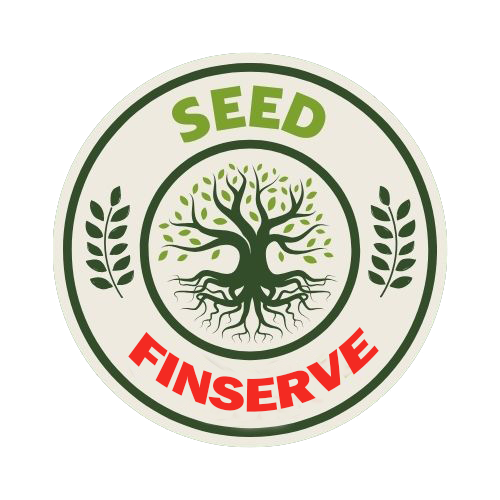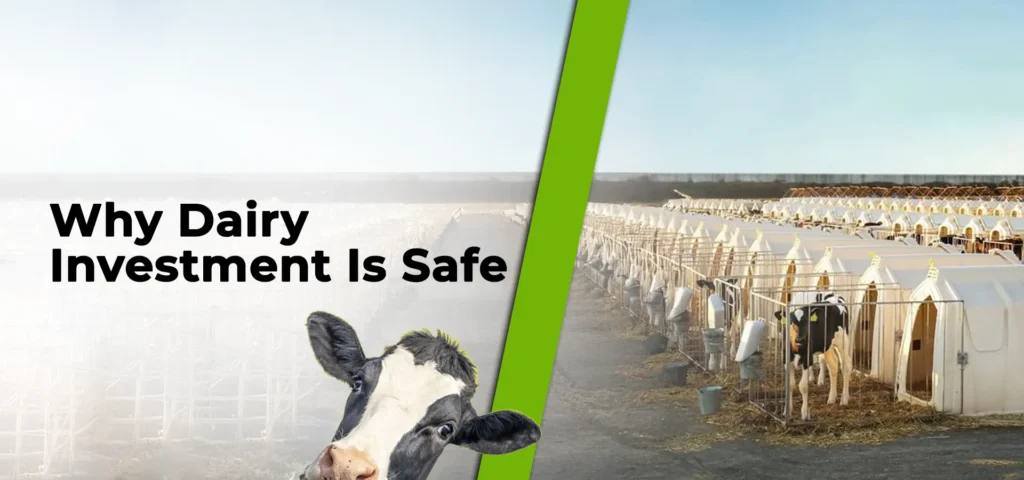Introduction
People often look for something that gives them peace while investing money, something they can touch, see, and depend upon when times are uncertain. Many forms of wealth change quickly, yet food and nutrition keep their ground. Dairy fits this space beautifully because milk and milk-based food never go out of human life. Investors who fear constant market swings might breathe easier when they see how the dairy line behaves with steady rhythm.
1. The Structural Strength of the Dairy Sector
1.1. Ever-present consumer demand
Every home needs some form of milk. People drink it, mix it in tea, cook food with it, or prepare sweets during festivals. When incomes fall, people might stop many purchases, yet they still keep milk on their tables. This pattern gives the business a sense of constant motion. The crowd may change brands or quantity, but they rarely walk away from it altogether. Does that even make sense? It surely does, because daily life connects with dairy at many levels.
1.2. Strong policy support & cooperatives
Governments across many regions see dairy as a tool for rural income creation. Such relationships prevent sudden shocks that harm business continuity making the whole ecosystem more resistant to pressure.
1.3. Low substitution risk
Many new food habits appear each year, yet few truly replace milk. Alternatives like nut-based liquids serve a small crowd, but large populations still choose dairy for taste, nutrition, and affordability. Some habits are deep in culture and hardly shift with trends. That emotional bond keeps this sector strong. A child who grows up drinking milk may continue the same with his family later, creating natural demand cycles without artificial pushes.
2. Potential Risks (and How to Mitigate Them)
Every business carries its share of worries, yet careful preparation can ease most of them. Here are some examples that investors often notice:
| Risk | Mitigation |
| Feed cost volatility | Grow fodder on owned land, or sign long supply contracts with local growers |
| Animal disease & mortality | Maintain hygiene, schedule regular check-ups, and follow vaccination programs |
| Price fluctuations | Build ties with cooperatives to receive steady procurement rates |
| Regulatory / policy shifts | Stay aware of regional laws, maintain records, and work with registered experts |
| Market competition / entry barriers | Create recognition through quality, reliability, and fair dealings |
| Adulteration or quality issues | Keep tight control on production lines and use basic certifications for trust |
Each point speaks about prevention rather than panic. An investor who spends time learning how dairy flows from cow to customer can stop many troubles before they grow. Small acts—like cleaning milking areas, keeping records, and training workers—go a long way. Success often comes not from size but from discipline.
3. Case Examples & Market Trends
- Rising milk production
Milk output keeps growing every year in many regions because new breeds and feeding practices make animals healthier. The local population also keeps increasing, which raises demand further. - Growth in processed items
Cheese, yogurt, flavored milk, and ghee have gained wider acceptance. People prefer convenience, so ready-to-use products earn better margins. - Domestic consumption focus
Most production stays within the country, which makes the sector less dependent on global trade. Local customers create a cushion against foreign disruptions. - Government protection
Many authorities guard local producers by managing imports and offering benefits to farmers. Such measures protect the internal market from sudden global shocks. - Energy from dairy waste
Some farms now use cow dung or leftover whey to produce energy for their operations. This circular use lowers costs and adds an environmental touch that appeals to modern buyers.
If one looks closer, all these shifts show quiet but meaningful progress. The path may appear slow yet it goes forward steadily, without deep collapses. Investors often prefer that calm rather than wild growth that fades too soon.
4. Best Practices for a “Safe” Dairy Investment
- Begin on a small scale with a few animals, a limited unit and expand gradually when confidence rises.
- Build lasting relations with suppliers who can actually provide quality feed as well as veterinary support whenever needed.
- Use modern milking systems or cooling tools that can reduce spoilage as well as maintain proper hygiene.
- Introduce different products instead of relying on plain milk alone to keep earnings balanced and stable income.
- Focus on cleanliness, packaging, and proper labeling that convince customers of safety and freshness.
- Keep some emergency funds for unexpected feed rise or animal loss because stability often needs backup.
Each of these habits adds a layer of control and care. A farm that learns every season adjusts faster and those adjustments save money when markets turn uncertain.
5. Why Its Safer In Summary
- Demand remains constant as milk stays part of daily food habits.
- The business owns visible assets that hold value for long periods.
- Several product lines make earnings smoother and less dependent on one source.
- Policy makers favor dairy for rural progress which brings regular help.
- Technology keeps improving production, storage, and quality without large costs.
Every factor supports the belief that dairy investment offers calm steadiness. It feels like owning something close to home, people may change their phones but rarely stop using milk.
6. A Word of Caution & Final Thoughts
No venture stands without risk, yet the nature of dairy gives comfort rarely found in quick return trades. Those who walk into this business with patience, observation and respect for the animal’s welfare often find consistent rewards. Mistakes occur when people rush or ignore small details like feed balance or hygiene. So the wiser path moves slowly but surely.
Investing here also builds connections with rural families who supply milk daily. It ties urban capital with countryside effort, which strengthens local communities.
For platforms such as Seed Finserve, dairy-related projects bring together finance and real production. It speaks to a section of investors who wish to see their resources create both profit and purpose.
If you ever wondered whether dairy is just another sector or something more grounded, the answer might come when you see milk delivered from a farm you helped build. That sense of stability explains why this investment feels safe and why it keeps attracting thoughtful minds year after year.

